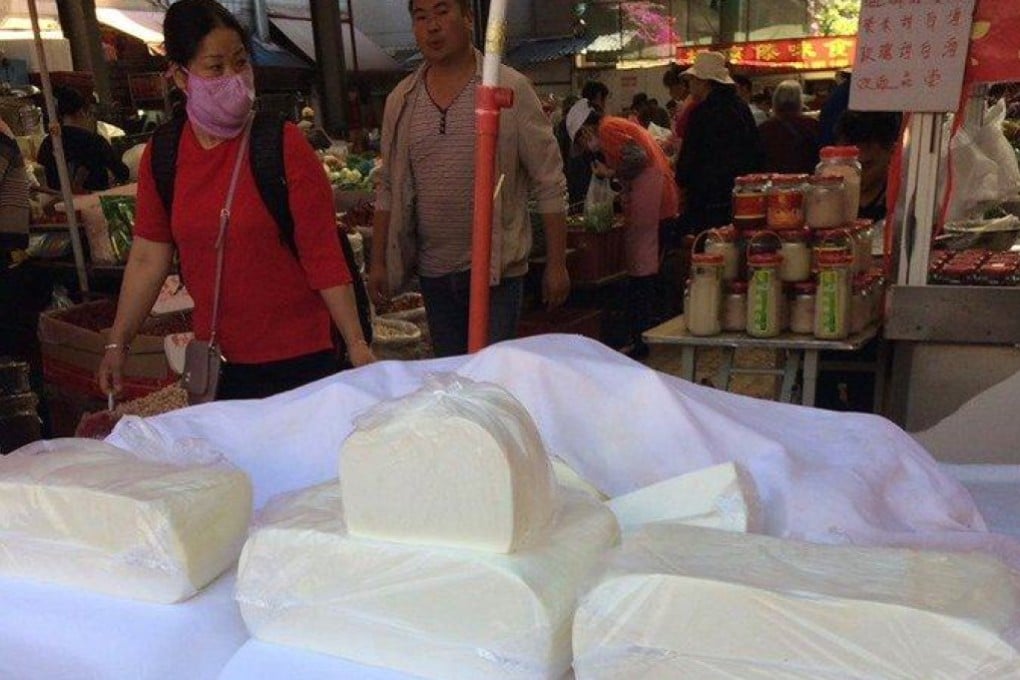Cheese in China has a long history – made with buffalo, yak, goat’s, cow’s and sheep’s milk, and everywhere from Taiwan to Tibet and 16th century Shanghai
- Cheese has been made for at least 1,200 years in China, and not just by ethnic minorities on its fringes. Cheese dumplings were big in 16th century Shanghai
- In Yunnan today, Bai people make a goat’s cheese resembling mozzarella, while Tibetans make a yak milk cheese that tastes like Italian sheep’s milk pecorino

At first glance the only thing that China and cheese seem to have in common are their first two letters. When one thinks of Chinese food traditions, cheese doesn’t come to mind as it would do for countries like France or Italy.
Yet China has a long history of making savoury cheese products. Most are made in peripheral regions where ethnic minorities have been fermenting or culturing milk from various animals for centuries.
And although cheese consumption is not mainstream in China, it is catching on as more people have discovered the health benefits of dairy products.
“There was a widespread cheese culture in China from at least the Tang dynasty,” says Miranda Brown, professor of Chinese studies in the department of Asian languages and cultures at the University of Michigan in the US, who has carried out extensive research and published papers on Chinese cheese. The Tang dynasty ran from 618AD to 907AD.
“These are not rennet cheeses, they are either yogurt cheeses or some kind of acidic cheeses. There are some acid-activated varieties in Yunnan today. The best known example of this is the rubing from Yunnan, a soft cheese with soured quince juice.”
The latter is made from goat’s milk by the Bai people, an ethnic group that also produces rushan from cow’s milk that is stretched like elastic elongated looped mozzarella, wrapped around sticks and dried in the sun.
